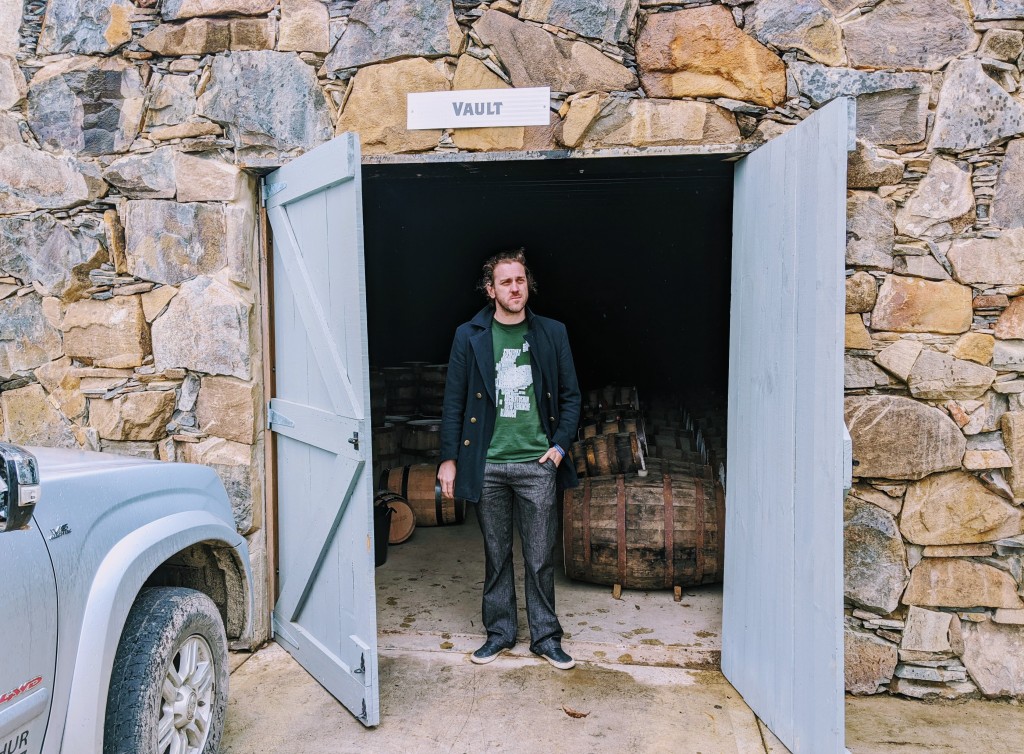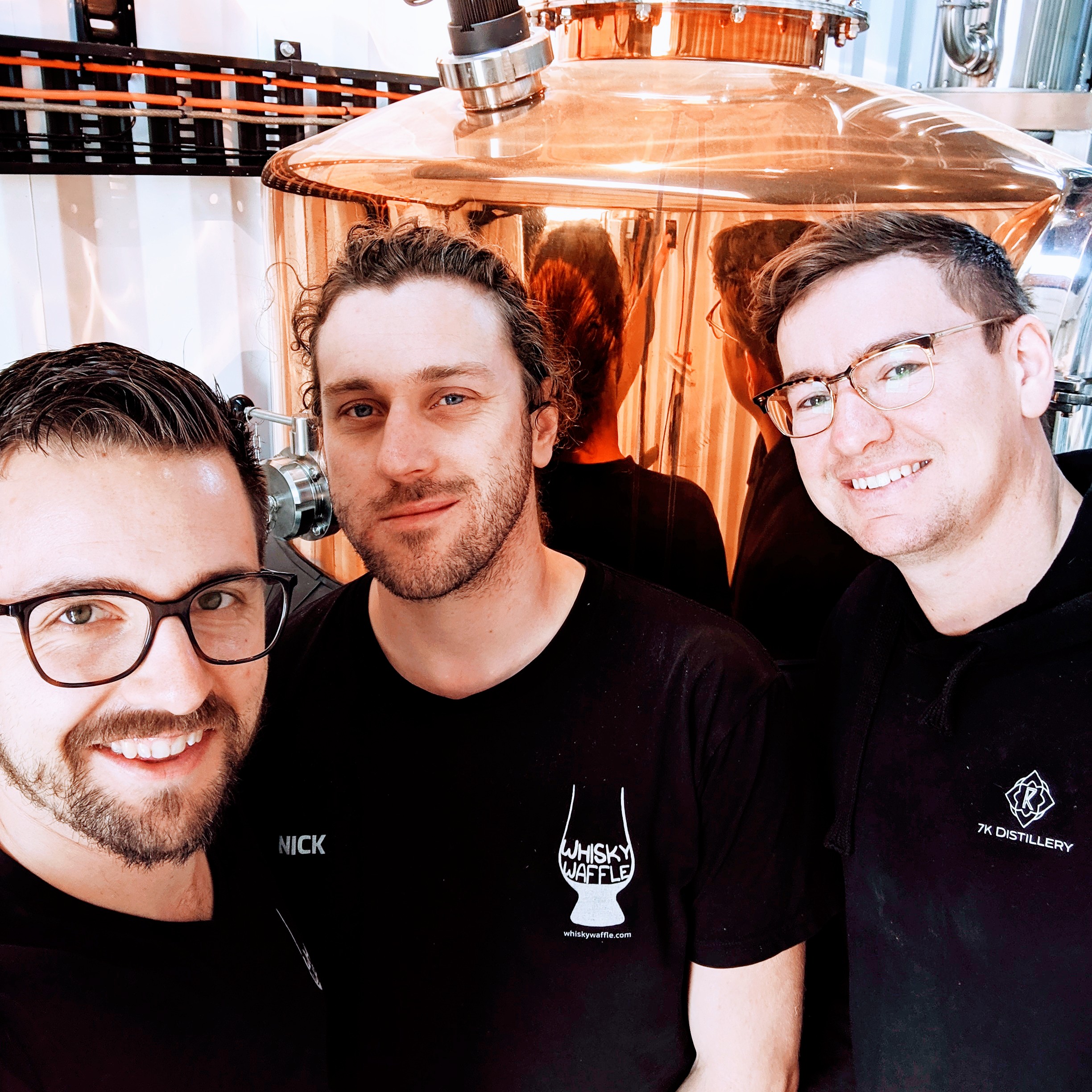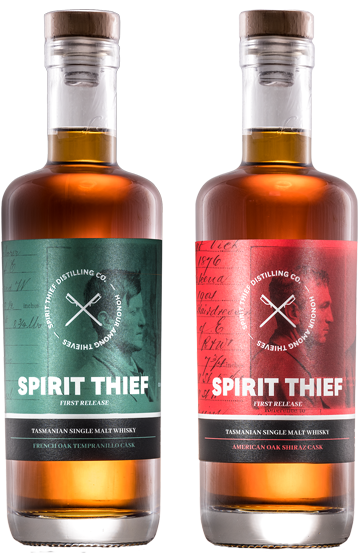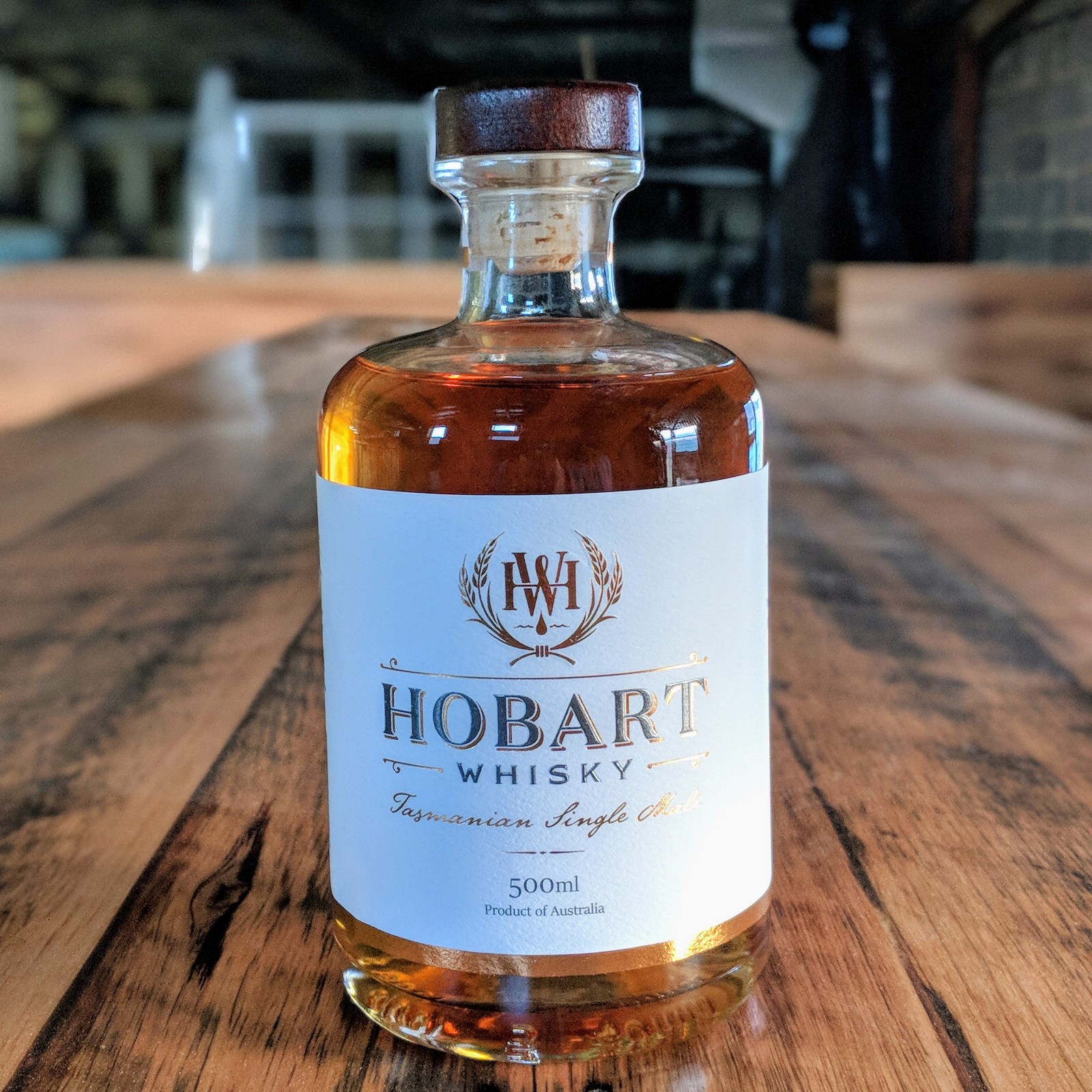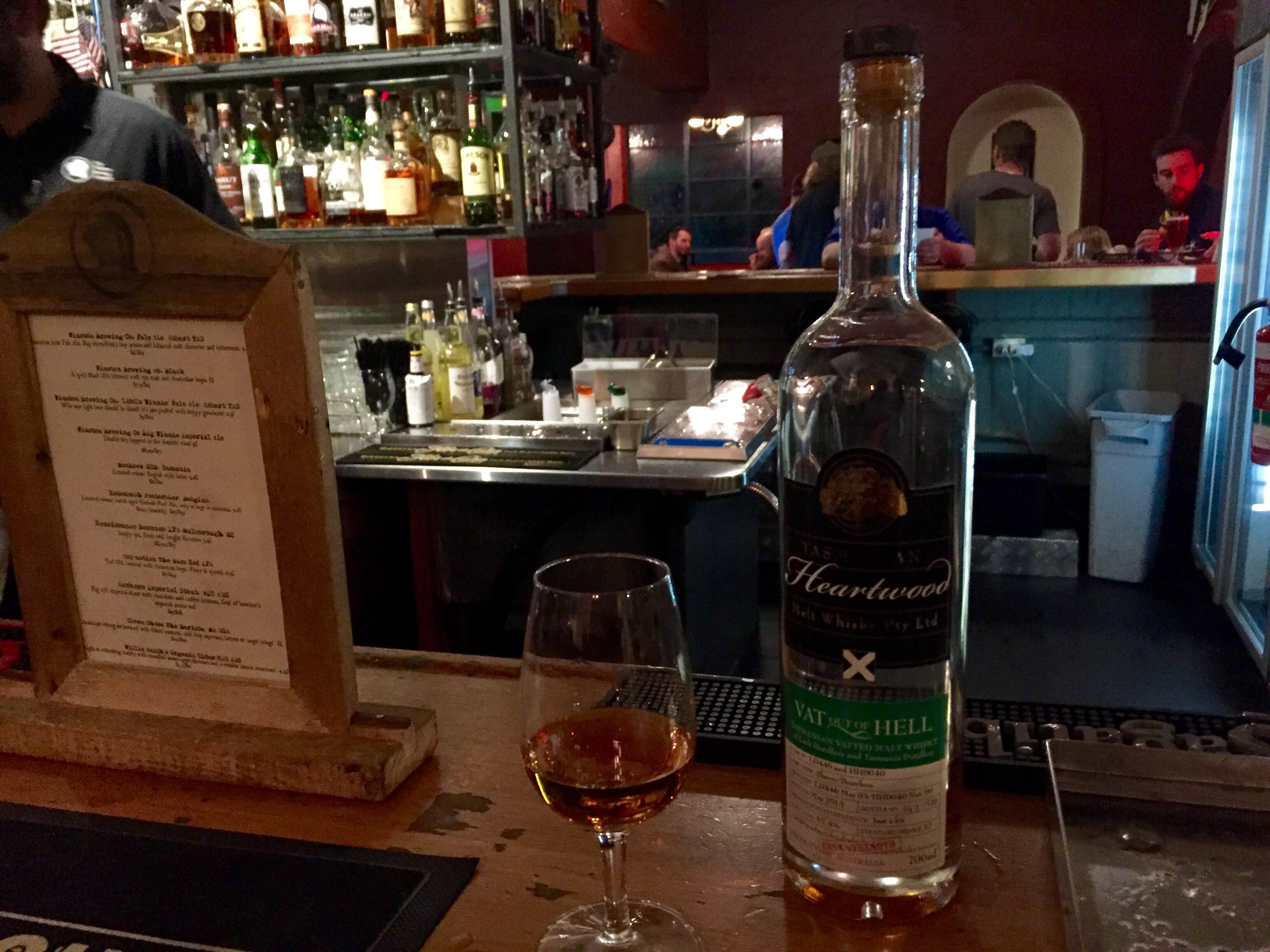Posted by: Nick
Terroir /tɛrˈwɑː (n) the characteristic taste and flavour imparted to a whisky by the environment in which it is produced
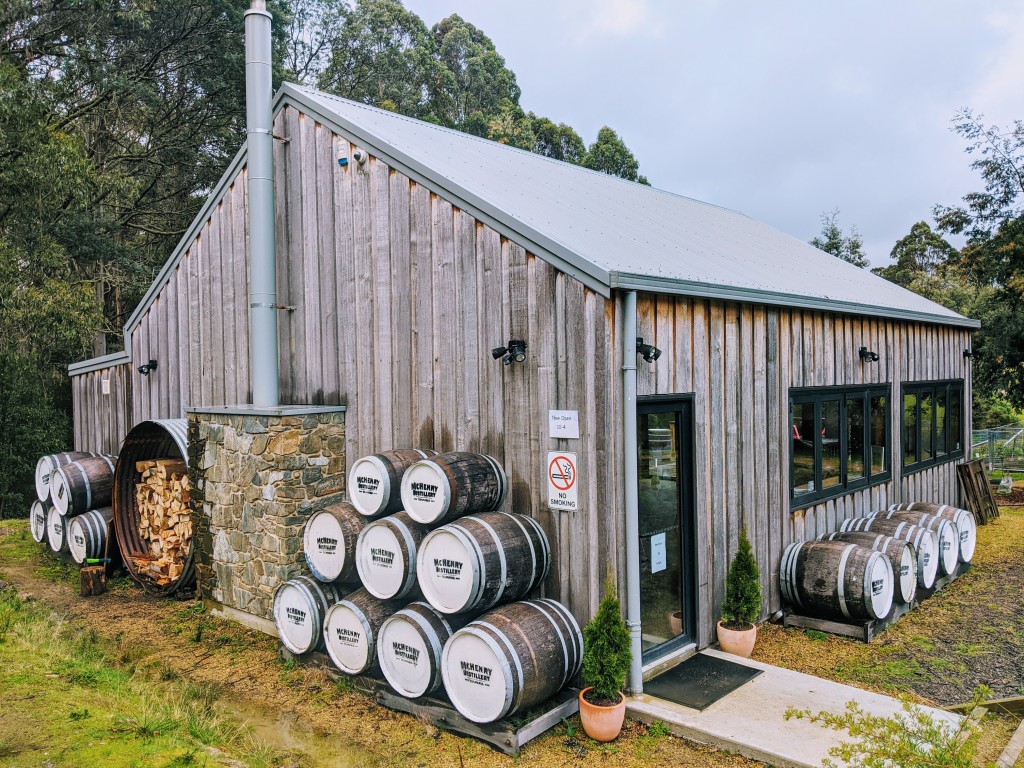
Terroir is a divisive subject. How much impact can water, soil, air and climate really have on a whisky’s flavour in comparison to cask types when aging and cut points when distilling?
I was in the camp that would claim ‘negligible’. And then I went to McHenry Distillery. Now I get it. Because when we drank a specific whisky in a specific location… it all lined up. It all made sense. McHenry is a distillery like no other in Australia. In fact, the only comparison you could make… is Scotland.
The Scottish connections run deeply through the veins of McHenry Distillery. The day we visited veered wildly between cold and freezing with the occasional gust of snow. In fact, the near identical rainfall and humidity levels mean whisky maturation is more Scotland than Tasmania, even down to the cask size: there is hardly a 20 litre barrel to be found, with 200 litres or more preferred. And then there’s the man himself: founder and head distiller, William McHenry, who began seriously entertaining the idea of making whisky when a friend suggested that he had the right name for it.
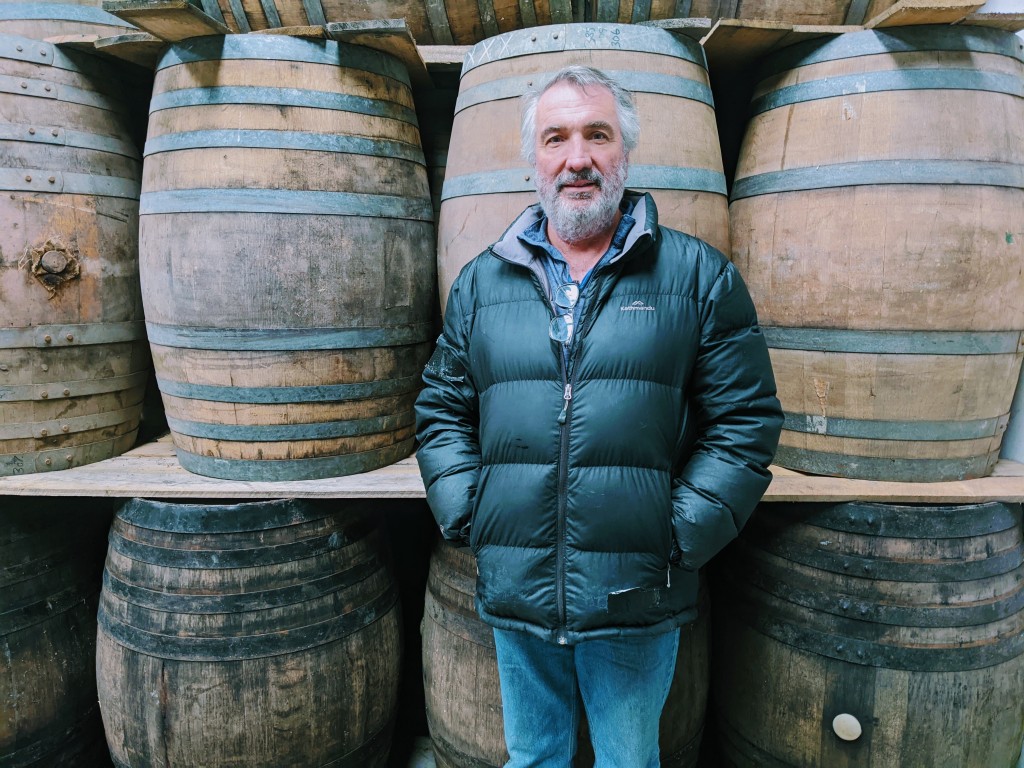
William, or Bill, when Mr Lark is not in the room, made the momentous decision in 2010 while living in Sydney, to uproot his family and move their future business to a remote wilderness block half way up Mount Arthur on the Tasman Peninsula. Standing at the top looking out across the wilderness really does feel like you’ve come to the edge of the world. While these two cultural extremes may have been jarring for the family, Bill immediately felt at peace, particularly when he discovered a natural spring flowing out of the mountain.
“Having grown up in Adelaide, the driest state in the driest country on earth, when you have a water source on your property, you cherish it. It’s gold. And because the water coming off the Southern Ocean is falling through some of the cleanest air in the world, it deposits some of the best quality water you can find on the planet. And that certainly makes this place special.”
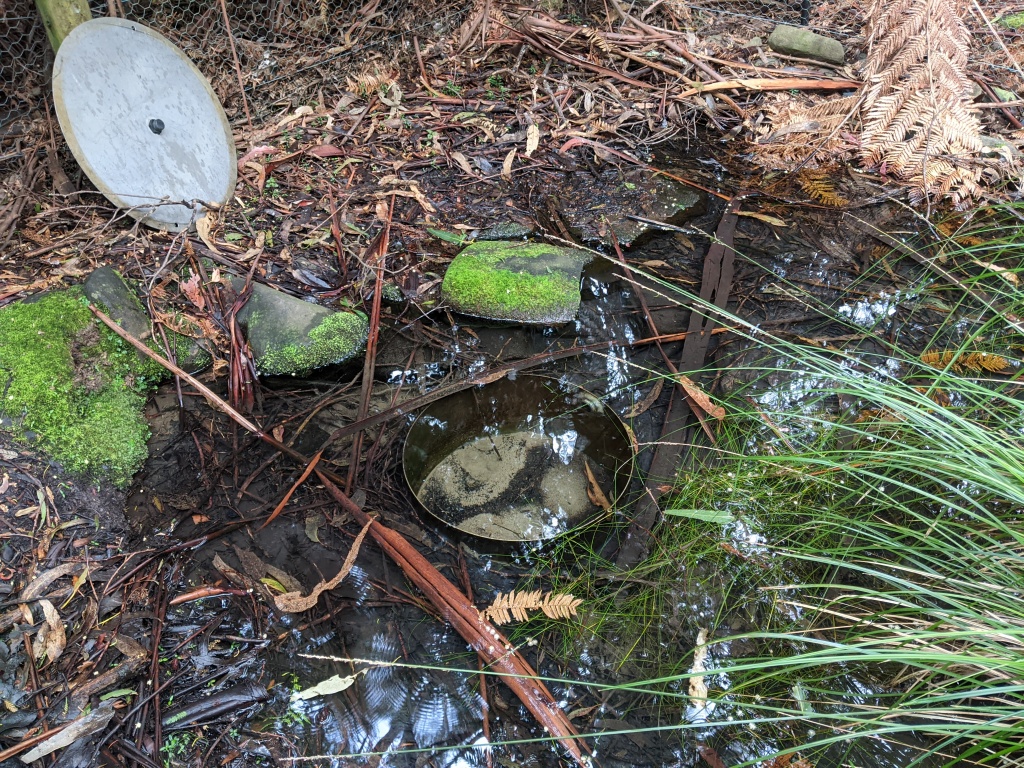
After tapping into the spring to provide the water for his whisky, he got to work turning this untamed patch of land into a distillery.
The site resembles a frontier town. A series of long, narrow buildings spreading outwards from an off-centre origin, the timber cladding all rapidly turning a distinguished silver. It is a distillery that has clearly expanded organically, a new building established here or there when the need arose. There are small cabins for guests to stay in, and bond stores starting to be dotted around the hill. And there’s plenty of room for more.
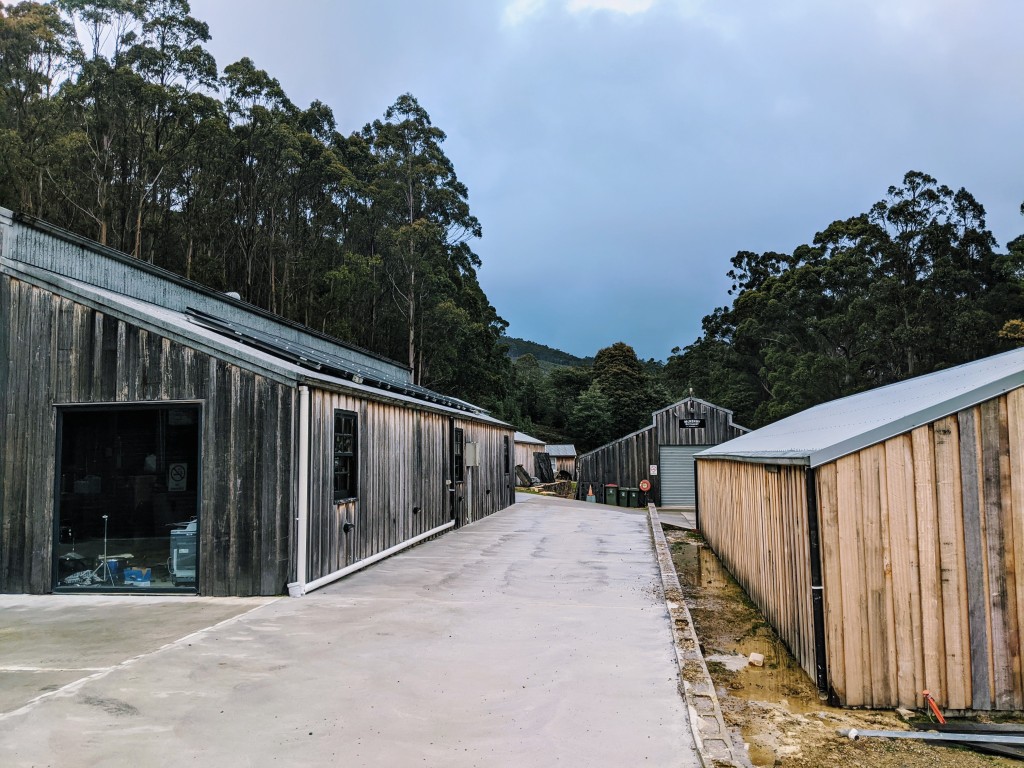
Half way up Mount Arthur is the gin-making pavilion, the Devils Lair cottage and most special of all: The Bothy. Sheltering inside the tiny room next to a roaring fire with a dram of McHenry whisky while a storm rages is one of the most authentic whisky moments Whisky Waffle have experienced. As Bill poured us a dram, we realised this is how the environment influences a whisky. Three mates, four walls, a sleepy dog and a roaring fire. This is what terroir is all about. It may not be the traditional French definition, but the impact the sense of place had on our interpretation the flavour of is undeniable.
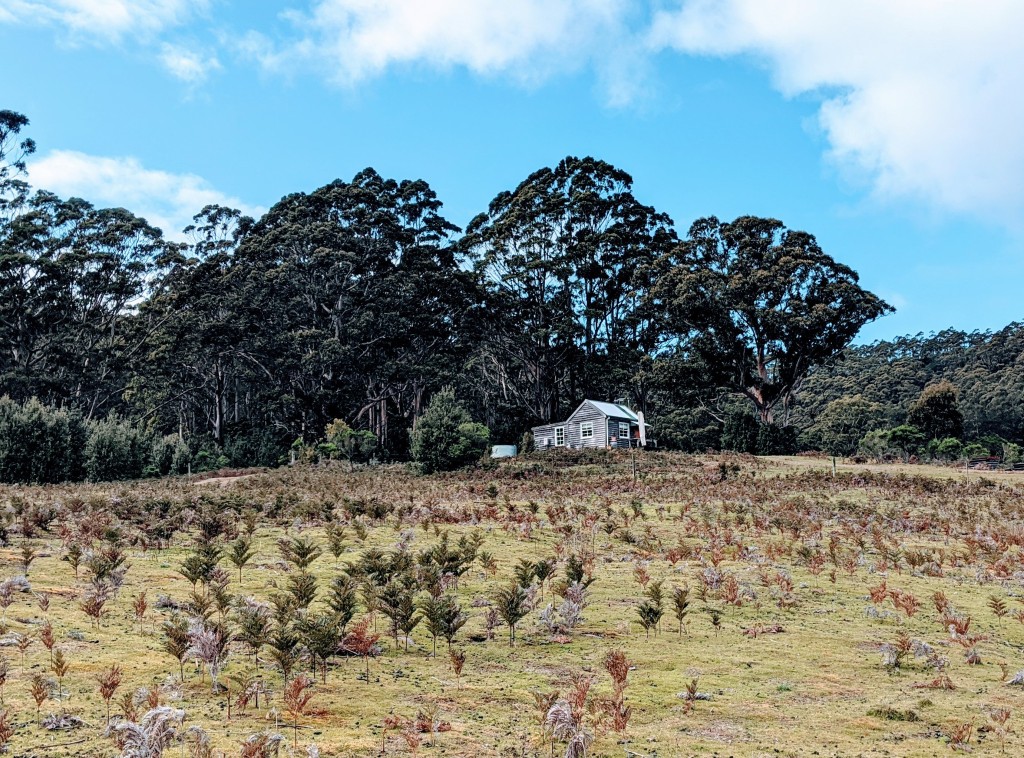
If it feels like McHenry Distillery has been around for a while but not released much whisky, it’s because this is largely true. Bill has no interest in releasing whisky before its time and would largely like to stick to vatted age statement releases. Again, sticking to the formula laid down by the Scots.
Instead, you may know McHenry only for their gin. Bill was an early adopter of the while-we-wait method of gin creation and quickly became one of Australia’s most renowned gin makers, even becoming the official gin provider for government house with their exceptional ‘Federation Gin’.
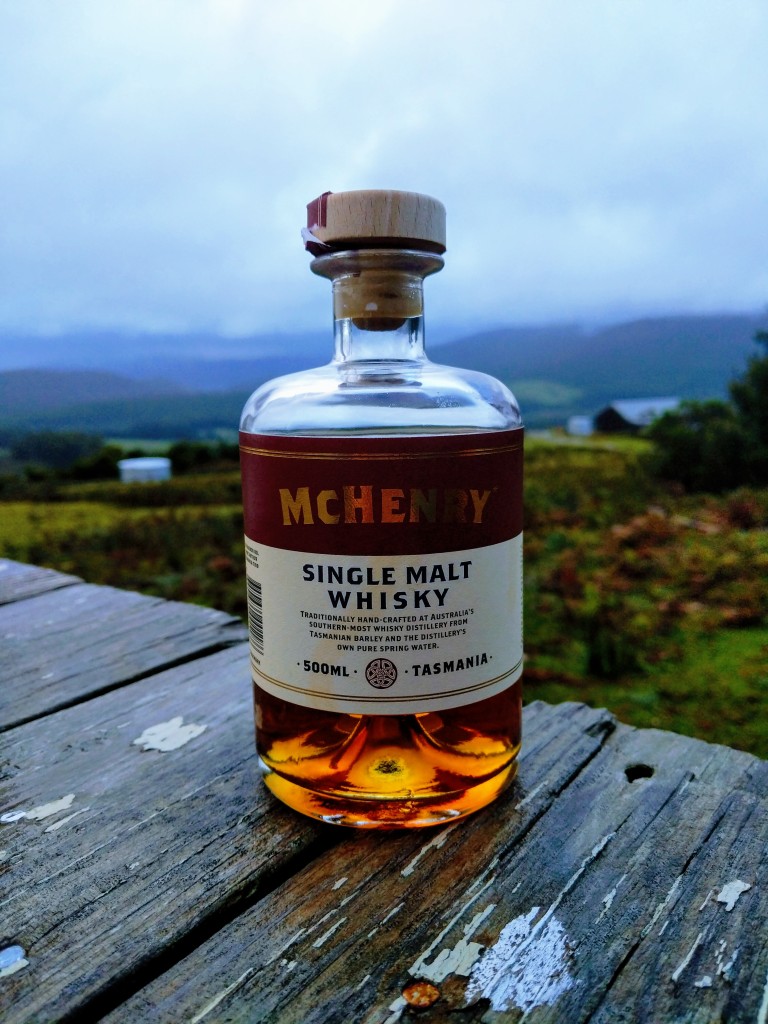
However, fellow Wafflers take heed: 2021 will see some 10-year-old McHenry whisky come of age and, in a few years, Bill hopes to have a readily-available supply of consistently flavoured whisky unleashed upon the world.
And when you do get your hands on a bottle, you can easily pour yourself a tasty dram of McHenry whisky wherever you are in the world. But sitting in a storm-lashed bothy at the edge of the world? That is the truest experience of all. Experience that and you might finally believe in Terroir.
